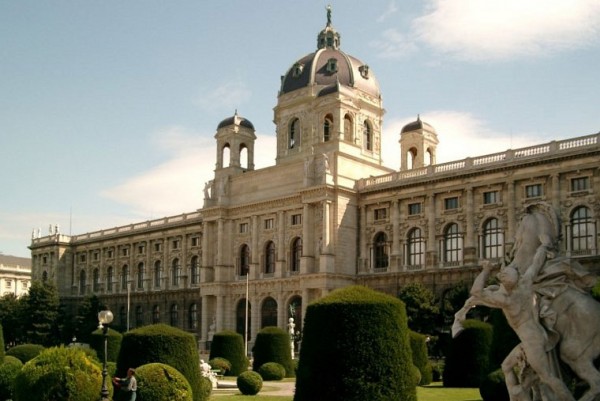Sponsored Content
The Kunsthistorisches Museum Celebrates 10 Years of the Kunstkammer Reopening
The Kunstkammer at the Kunsthistorisches Museum in Vienna celebrates its 10th anniversary. There will be several exhibitions with the time focus being in March and April.
 The Kunsthistorisches Museum in Vienna Celebrates its 10th Anniversary of the Reopening of the Kunstkammer. / Picture: © Wikimedia Commons / GNU Free Documentation License. [GFDL (https://commons.wikimedia.org/wiki/Commons:GNU_Free_Documentation_License,_version_1.2)]
The Kunsthistorisches Museum in Vienna Celebrates its 10th Anniversary of the Reopening of the Kunstkammer. / Picture: © Wikimedia Commons / GNU Free Documentation License. [GFDL (https://commons.wikimedia.org/wiki/Commons:GNU_Free_Documentation_License,_version_1.2)]
Exactly ten years ago today, on March 1, 2013, the Kunsthistorisches Museum's Kunstkammer was ceremoniously reopened after several years of extensive renovation and repositioning. With several exhibitions as well as an extensive program for the anniversary year, the Kunsthistorisches Museum will celebrate ten years of the Kunstkammer in 2023.
The Kunstkammer Wien is the most…
or Log In
Fast News Search





